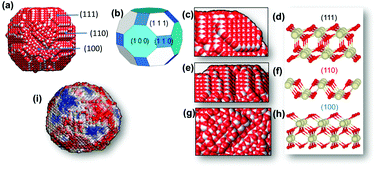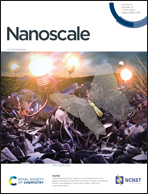Engineered defects in cerium oxides: tuning chemical reactivity for biomedical, environmental, & energy applications
Abstract
Nanocrystalline cerium oxide (nanoceria) is a rare earth oxide with a complex surface chemistry. This material has seen substantial investigation in recent years in both fundamental and applied studies due largely to more precise characterization of the unique surface structures, which mediate its pronounced redox activity. In particular, oxygen storage/buffering capacities have been thoroughly correlated with synthesis and processing condition effects on other material features such as surface (micro-) faceting, reconstruction, and (extent of) hydration. Key material features such as these modulate nanoceria redox performance by changing the crystal microenvironment. In this review, we present nanoengineering methods, which have produced increased nanoceria performance in biomedical, energy, and catalysis applications. The impact of combined/cooperative theoretical and experimental studies are highlighted throughout.

- This article is part of the themed collection: Recent Review Articles


 Please wait while we load your content...
Please wait while we load your content...